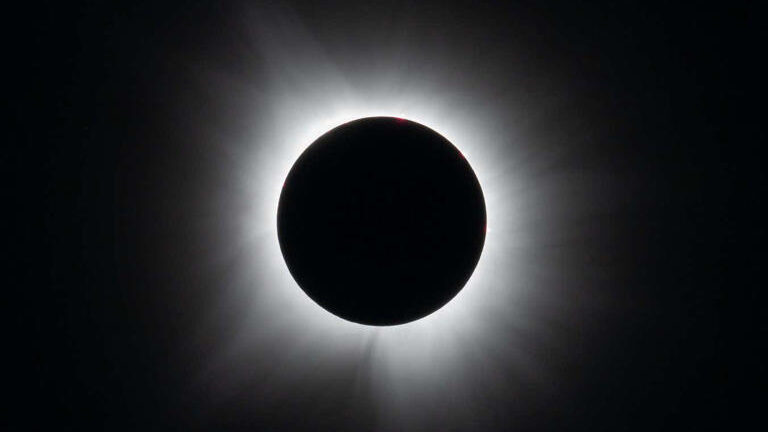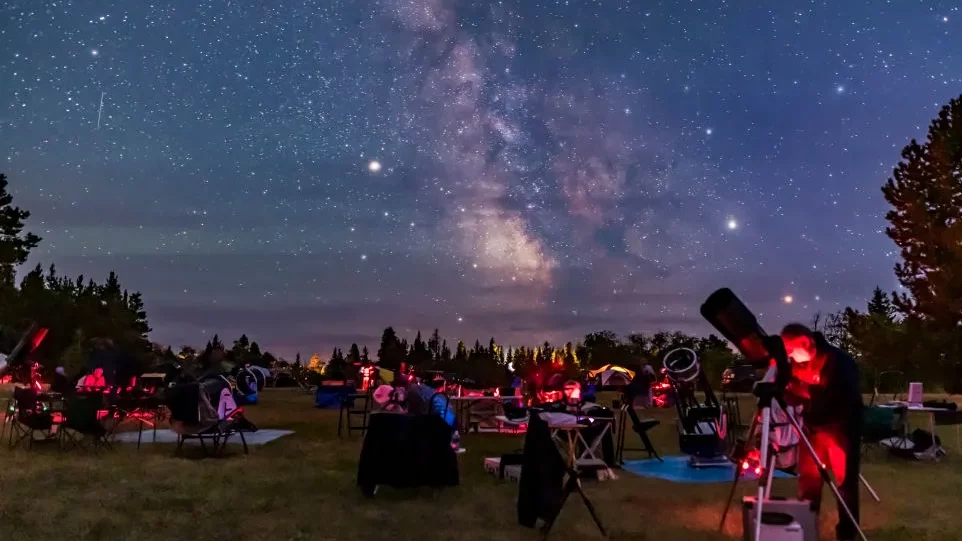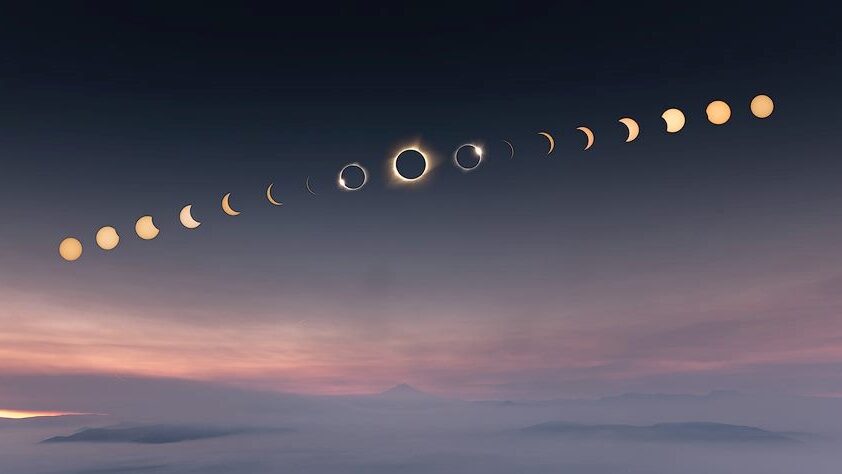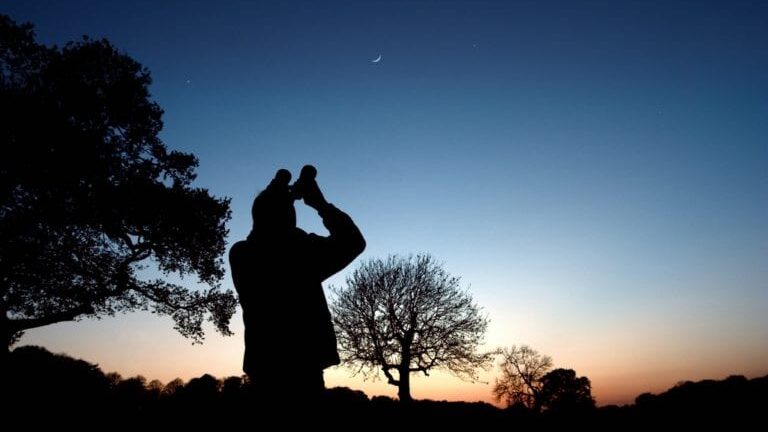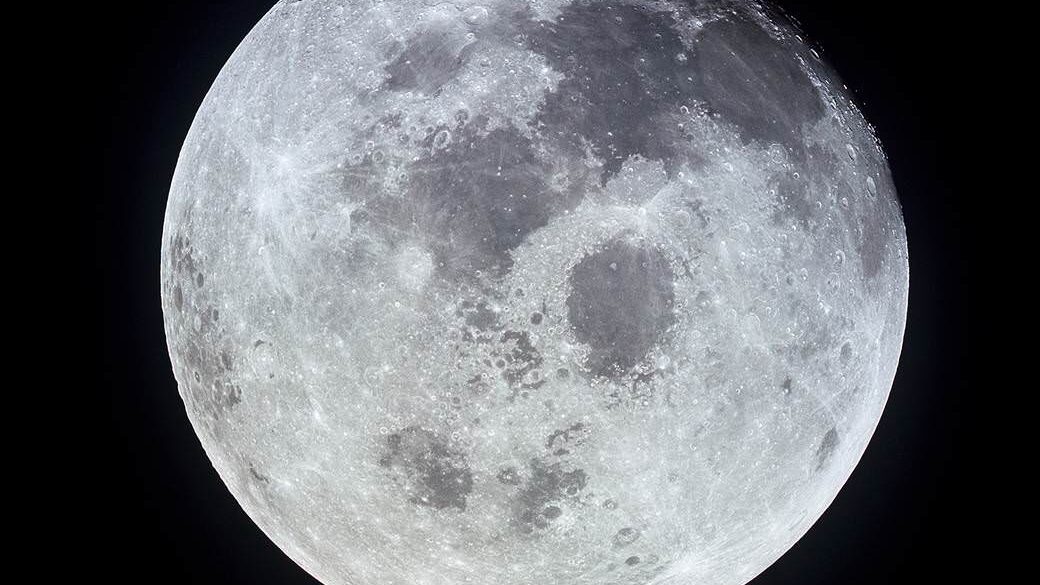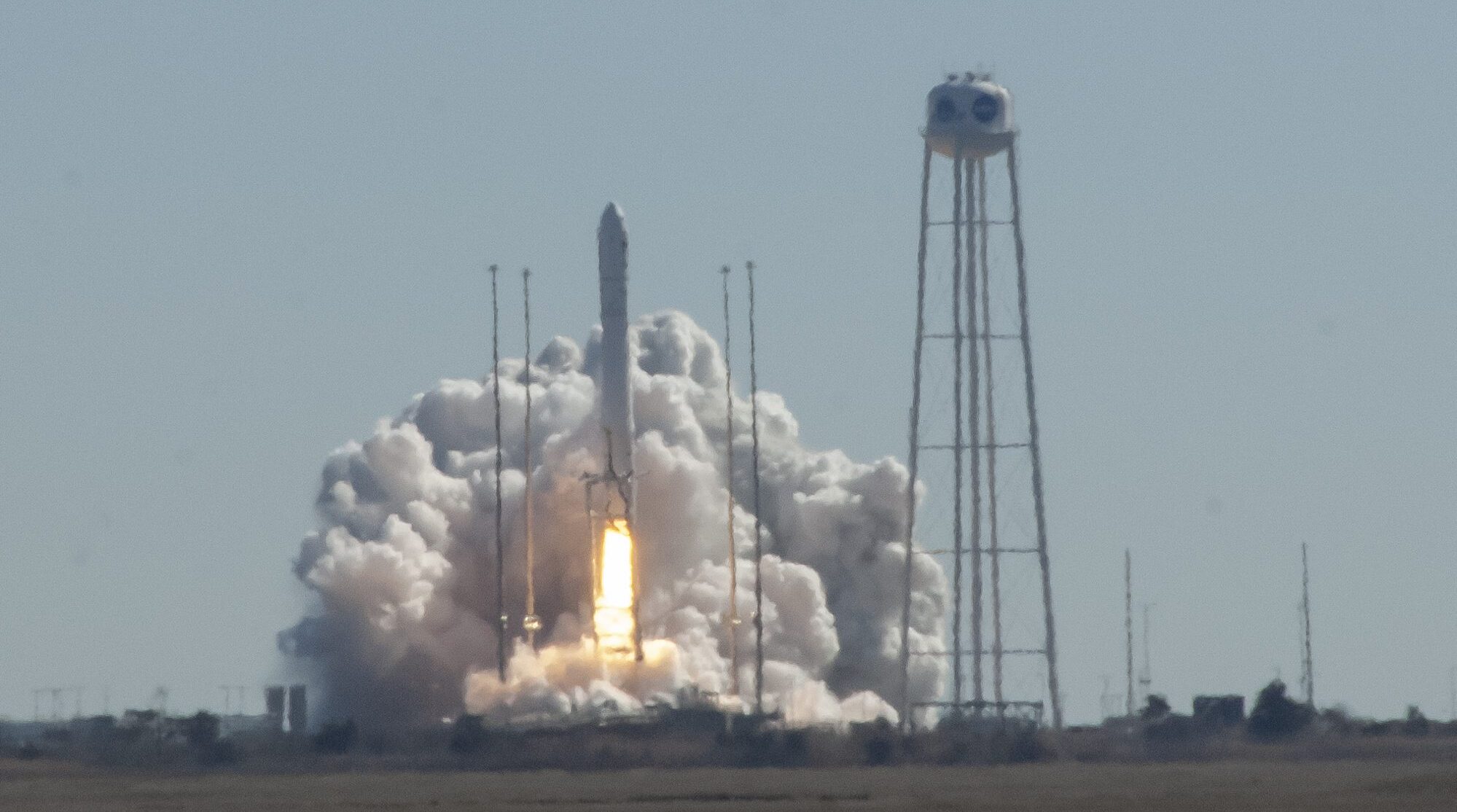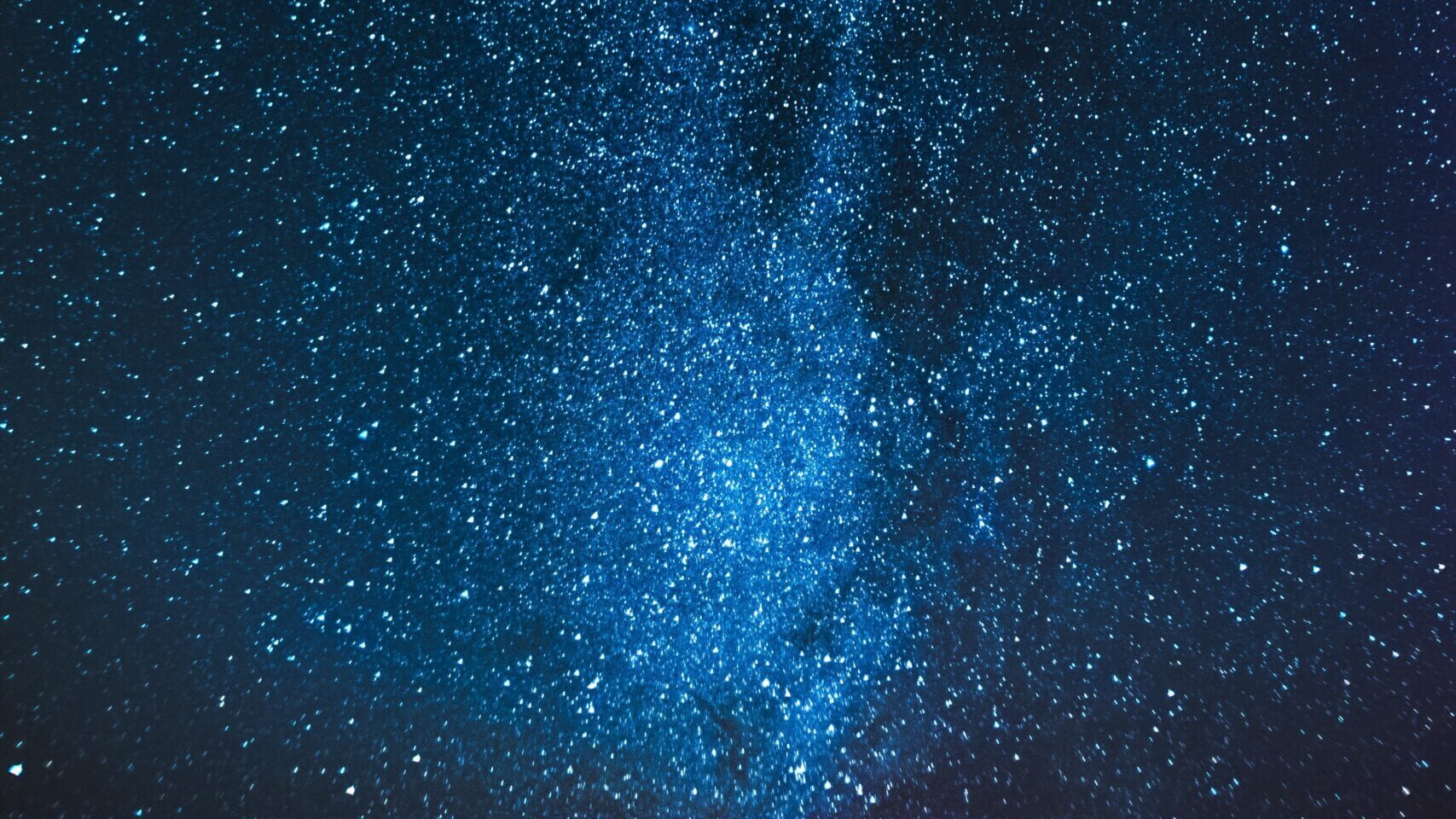NASA explaining the Wonders of Space
It’s a busy place in space with a lot going on. We look to NASA for help defining the amazing sights we see when we look to the night sky and wonder what’s happening or going to happen in the world of elipses, comets. galaxies, satellites and auroras.
Eclipses – There are two main types of eclipses: solar and lunar. Solar eclipses are observed in the daytime when the Moon passes between Earth and the Sun, and covers the Sun from our point of view, either partially or totally. Lunar eclipses are observable when the Moon is above the horizon and Earth passes between the Moon and the Sun, causing our planet’s shadow to fall across the Moon’s surface. Lunar eclipses can also be partial, where only part of the Moon falls into shadow, or total. Importantly, solar eclipses should never be viewed with unprotected eyes, while lunar eclipses are safe to view with the naked eye.
Comets – Dusty, icy comets hail from the cold depths of the outer solar system, far from the warmth of our Sun. Some, like Comet Halley, are on relatively short orbits of decades to a couple hundred years. Others have orbits that take many thousands of years to circle the Sun. Comets are special, occasional visitors, that don’t stick around. They start out faint and distant, requiring a telescope to be seen. But as they come closer to the Sun, they can brighten and form a fuzzy head, called a coma. The most spectacular comets also form long, streamer-like tails.
Galaxies – Our own galaxy, the Milky Way, appears as a band of faint light across the night sky in dark locations away from bright city lights. Our solar system lies within the disk of the spiral-shaped Milky Way, so we are looking at it edge on. Observers in the Southern Hemisphere are able to observe the Large and Small Magellanic Clouds – two dwarf galaxies that orbit the Milky Way. Observers sometimes describe their appearance as being like faint clouds in the night sky. Our nearest large neighbor, the Andromeda galaxy, appears as a faint, fuzzy patch of light in Northern Hemisphere skies. It appears tiny because it’s about 3 million light years away, but it’s actually about the same size as the Milky Way.
Satellites – Satellites orbiting Earth are easiest to spot around dawn and dusk. From their perspective a couple of hundred miles or more above Earth’s surface, they are still bathed in sunlight, while you are sitting in twilight below. Satellites in the night sky can often be distinguished from aircraft as they tend to be fainter than passing airplanes, and unlike aircraft, they don’t have beacon lights that blink regularly (though some can brighten suddenly in what’s called a flare). Satellites often can be seen to fade in brightness as their orbits carry them into darkness above the planet’s night side. Alternately, they can appear from nothing, brightening as they head into day, experiencing an orbital sunrise.
Auroras – Usually a treat enjoyed by those who live at higher latitudes toward the north or south, auroras are dancing curtains of light and color in the sky. They are the result of our planet’s magnetic field and atmosphere interacting with those of the Sun. A wind of particles from our local star washes continuously over our planet, and sometimes becomes more intense. Some of those electrically charged particles become trapped in Earth’s magnetic force field and get funneled into our upper atmosphere, where they produce glowing light displays as they crash into molecules of gases like oxygen and nitrogen.
- A Lot to Know about Astronomy Crossword Puzzle
- Choosing Binoculars for Kids
- Choosing Binoculars for Boating
- Stars at Home and Backyard Stargazing
Gene and Katie Hamilton are amateur astronomers who follow the stars and write about their dark sky adventures. They are members of the Outdoor Writers Association of America.
Post Views: 203
|




